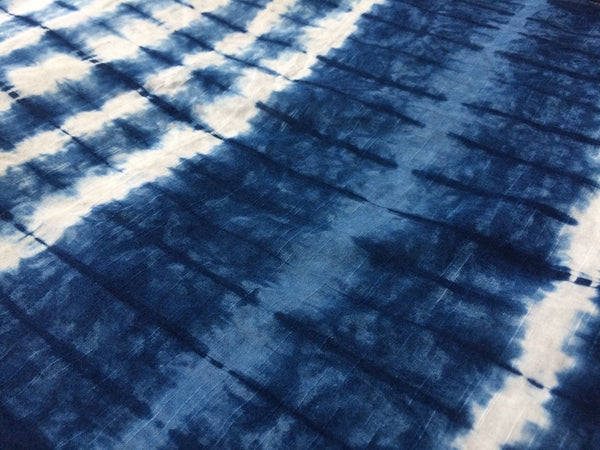Exploring the Art of Traditional Indigo Dyeing Techniques and Products
The Art of Traditional Indigo Dyeing
Indigo dyeing is an ancient craft that has captivated artisans and enthusiasts for centuries. This traditional technique, known for its deep blue hues, traces its origins back thousands of years, making it one of the oldest dyeing methods still in practice today. The beauty of indigo lies not only in its color but also in the intricate processes involved in creating and applying it.
The indigo dye is derived from the leaves of the indigo plant, primarily Indigofera tinctoria. The process begins with harvesting the leaves, which are then fermented in water to extract the dye. This fermentation process is crucial, as it transforms the indigo leaves into a soluble form that can be absorbed by fabrics. Once the dye is ready, it takes on a yellowish-green color, which, when exposed to air, oxidizes to reveal the iconic deep blue that indigo is known for.
One of the most enchanting aspects of traditional indigo dyeing is the technique of shibori, a Japanese method of folding, twisting, and binding fabric to create unique patterns. Each piece dyed with shibori tells its own story through the distinct designs and shades of blue, resulting from the natural variations in dye absorption. This element of craftsmanship adds a personal touch to every item, making each product unique.
traditional indigo dyeing product

Indigo dyeing is not only about artistry; it also carries cultural significance. Many communities around the world, from West Africa to Southeast Asia, have their own unique methods and traditions surrounding indigo. These practices are often passed down through generations, serving as a connection to cultural heritage and identity. The resurgence of interest in sustainable fashion has also brought traditional indigo dyeing back into the spotlight, as consumers seek eco-friendly and ethically produced clothing.
Today, many artisans and brands are embracing traditional indigo dyeing techniques, combining them with modern design practices to create a new wave of products
. From clothing to home textiles, the rich history and vibrant color of indigo continue to inspire creativity and innovation.In conclusion, traditional indigo dyeing is a beautiful intersection of art, culture, and sustainability. It serves as a testament to human creativity and the enduring allure of nature, reminding us of the simple, yet profound beauty that can be achieved through age-old techniques.
-
The Timeless Art of Denim Indigo Dye
NewsJul.01,2025
-
The Rise of Sulfur Dyed Denim
NewsJul.01,2025
-
The Rich Revival of the Best Indigo Dye
NewsJul.01,2025
-
The Enduring Strength of Sulphur Black
NewsJul.01,2025
-
The Ancient Art of Chinese Indigo Dye
NewsJul.01,2025
-
Industry Power of Indigo
NewsJul.01,2025
-
Black Sulfur is Leading the Next Wave
NewsJul.01,2025

Sulphur Black
1.Name: sulphur black; Sulfur Black; Sulphur Black 1;
2.Structure formula:
3.Molecule formula: C6H4N2O5
4.CAS No.: 1326-82-5
5.HS code: 32041911
6.Product specification:Appearance:black phosphorus flakes; black liquid

Bromo Indigo; Vat Bromo-Indigo; C.I.Vat Blue 5
1.Name: Bromo indigo; Vat bromo-indigo; C.I.Vat blue 5;
2.Structure formula:
3.Molecule formula: C16H6Br4N2O2
4.CAS No.: 2475-31-2
5.HS code: 3204151000 6.Major usage and instruction: Be mainly used to dye cotton fabrics.

Indigo Blue Vat Blue
1.Name: indigo blue,vat blue 1,
2.Structure formula:
3.Molecule formula: C16H10N2O2
4.. CAS No.: 482-89-3
5.Molecule weight: 262.62
6.HS code: 3204151000
7.Major usage and instruction: Be mainly used to dye cotton fabrics.

